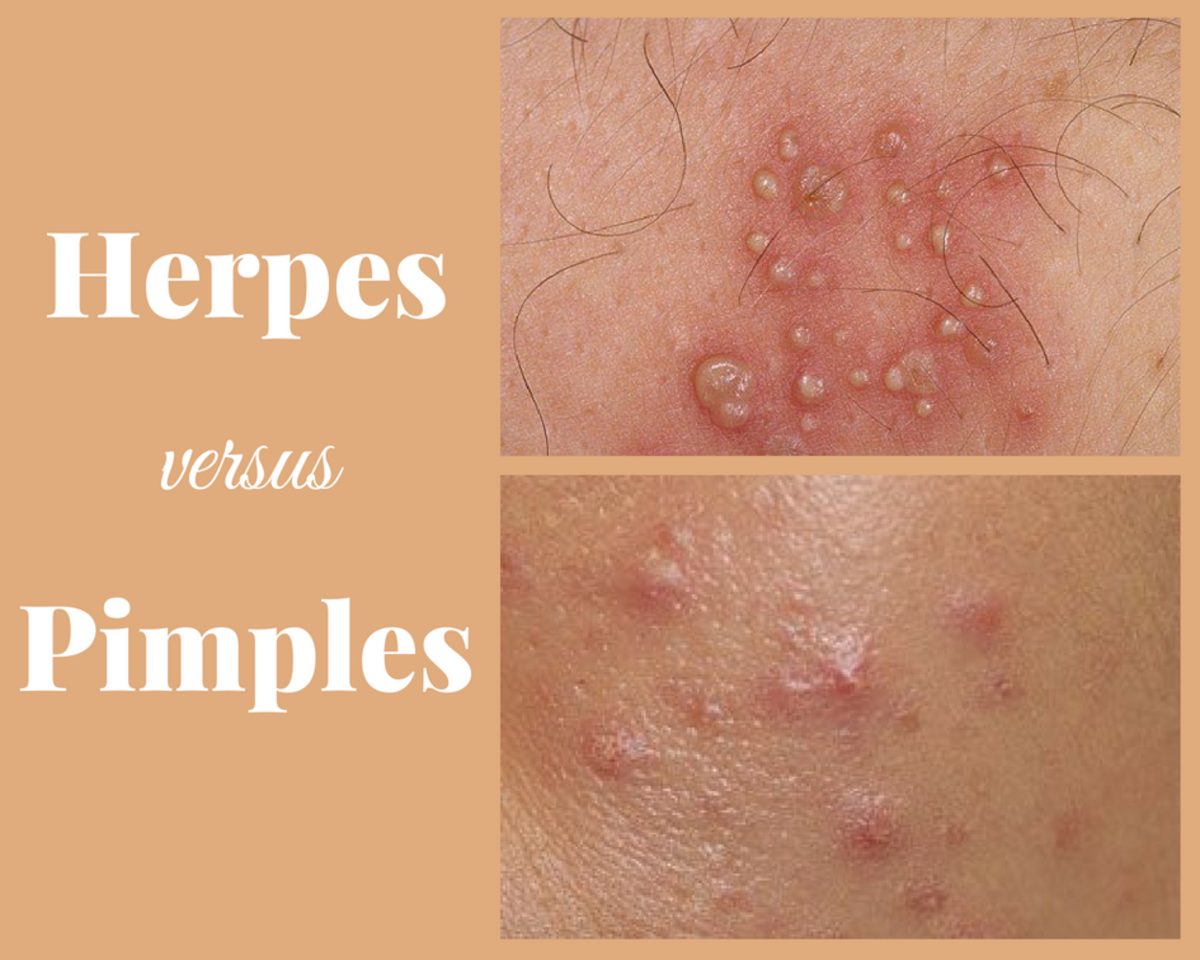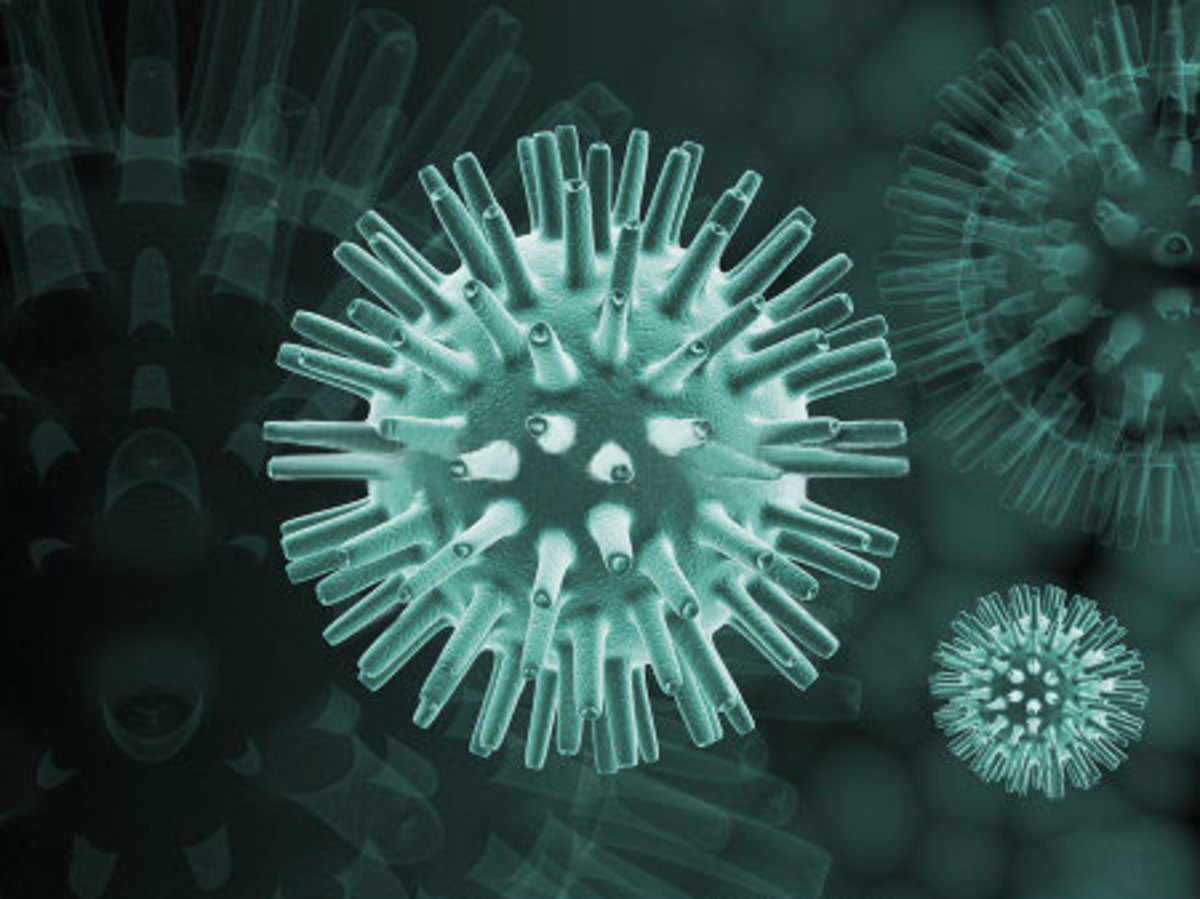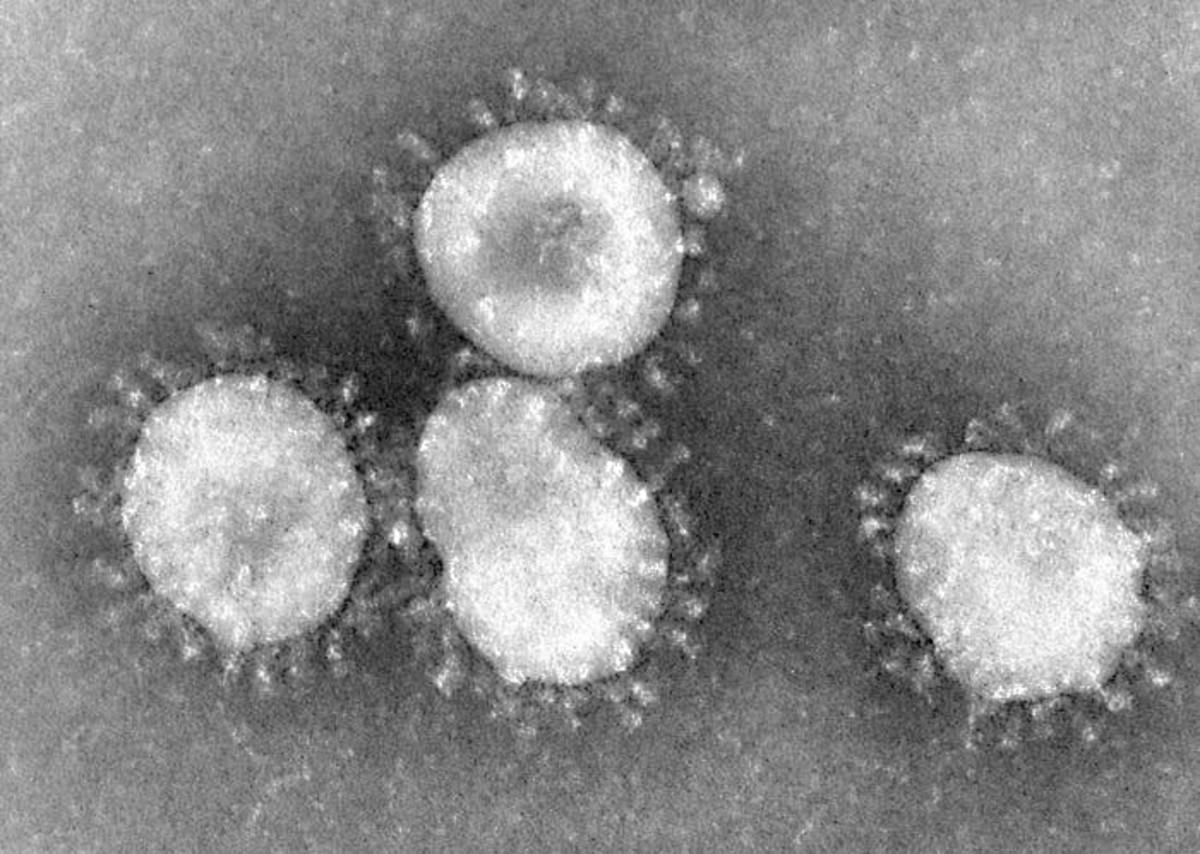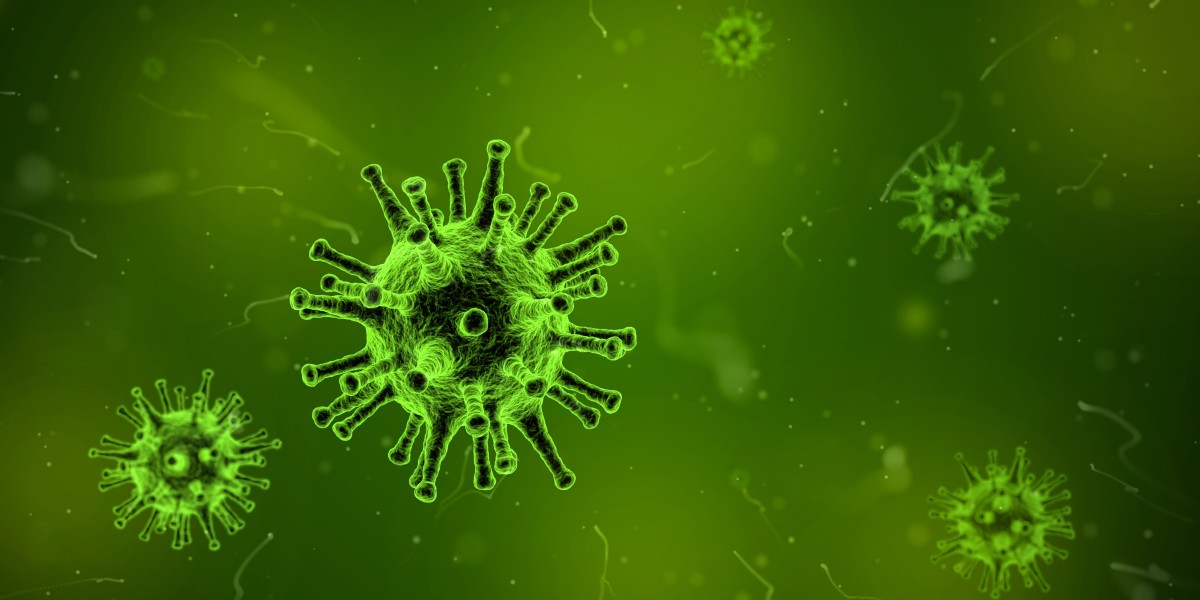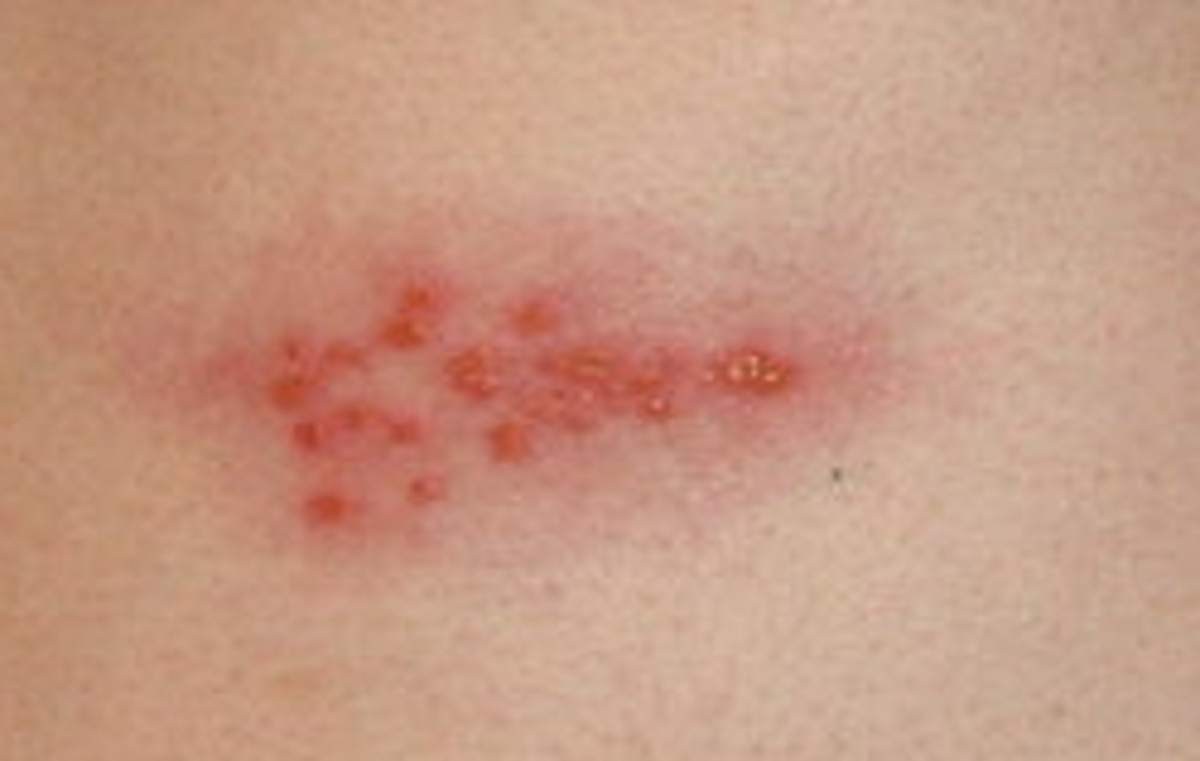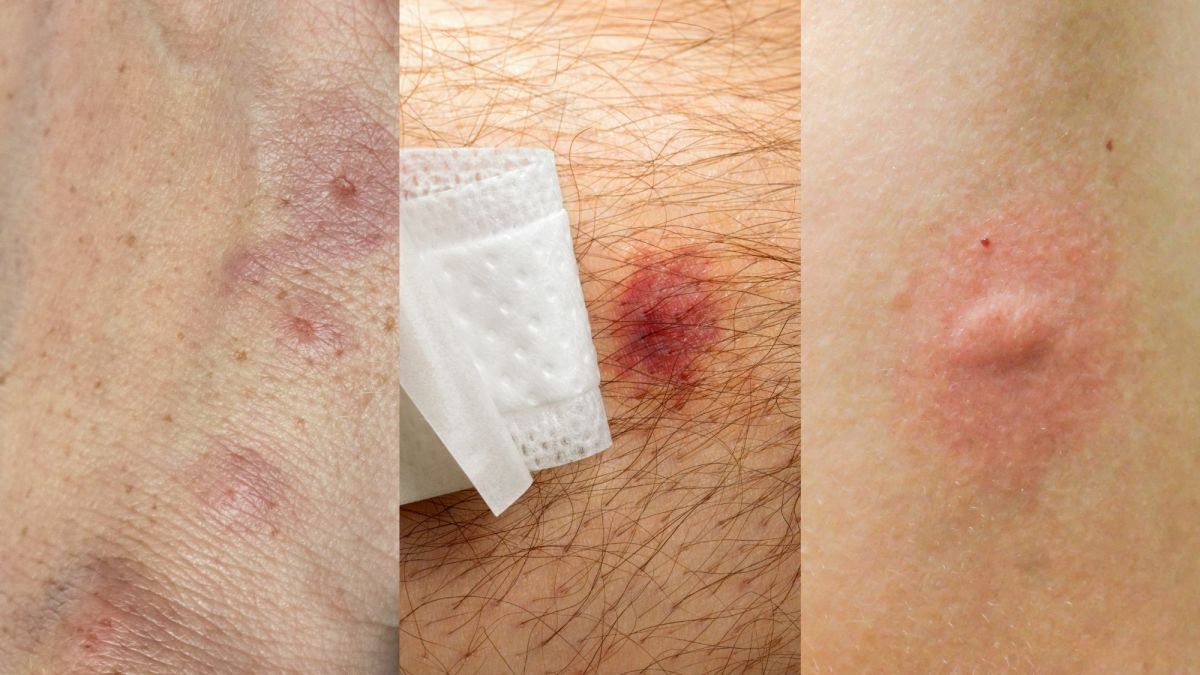Shingles or Herpes Zoster - Why They Affect Mostly the Elderly
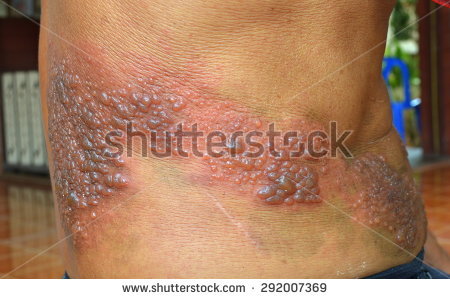
What is shingles?
Shingles also called herpes zoster is a viral infection that affects the nerves particularly its roots.
It is a common disease that strikes people of any race and is caused by the reactivation of a viral infection caused by the varicella zoster virus, the same virus that causes chicken pox.
This simply means that when you got sick of chicken pox when you were 5 years old, or 12 years old or 25 years old, and you subsequently got well, the virus did not go away from our body. It simply stays buried deep in your nerves.
So even if you already recovered from getting sick of chicken pox, it does not end there.
The name shingles comes from the Latin word cingulum, which means belt or girdle.
As we get older, the body becomes susceptible to diseases. Our body's immune system becomes weak and that is when we get sick of shingles because as mentioned earlier, the virus gets simply reactivated.
When the varicella zoster virus gets reactivated, complications develop. One complication is ganglionitis which is the major complication of this disease and given the name zoster.
Shingles sufferers share the experience of feeling a tingling sensation and pain before the sores appear followed by the appearance of blisters that appear in the waist area forming a line that looks lie a belt. Shingles may also develop on the face, scalp, and chest. The rashes last for several weeks.
Shingles is painful sometimes itchy, develops crusts, and then suddenly disappear. In some cases, shingles cause strange sensations that can linger for a long while. A Johns Hopkins University neurologist experienced a phantom feeling called dysesthesia, in which he said, he had the sensation likened to cold water running down the side of his face.
How do you get shingles and why do they occur among the elderly population?
After having chicken pox, a small amount of virus takes refuge in the nerve bundles near the spine, particularly the sensory ganglia, remaining dormant for many years. Scientists think that a decline in the activity of white blood cells in the immune system allows the virus to re-emerge and causes this painful disease.
The increased incidence of shingles not only occur among the elderly, but also in children with leukemia, cancer patients undergoing chemotherapy, organ transplant recipients who take immuno-suppressive drugs and people with HIV infection and basically those with weak immune system.
Herpes Zoster and the elderly
People under age 60 and older and those with weak immune systems are the ones who are very susceptible to shingles. The disease can result to post-herpetic neuralgia, a condition in which the skin where the rash has appeared becomes extremely sensitive.
Patients complain that a drop of water is like a third-degree burn and even the softest clothing becomes unbearable where the rash has appeared.
If shingles is left untreated, the risk of complications greatly increases, particularly for older people and those with compromised immune systems. Three different studies have shown that without treatment, a quarter of people aged 55 and older with shingles will develop post-herpetic neuralgia, as will half of those aged 60 and older and nearly three-quarters of those aged 70 and older. Almost half of the 600,000 people diagnosed with shingles every year suffer the complication of agonizing pain that can last for years. Until now, doctors have had few treatments to control this pain described by some as akin to being jabbed repeatedly with an ice pick.
But there's growing evidence that immediate treatment with new antiviral drugs shortens the duration of shingles and its most painful complication known as post herpetic neuragia. Some of the newest research also suggests what doctors have only hoped for: that the drugs may reduce the risk of post shingles pain.
Herpes Zoster in pregnancy
Newborn babies, whose mothers have the herpes zoster virus even before giving birth may have already been infected at the time of birth through the placenta.
Ultrasound tests made on the developing fetus should focus on the baby's arms and legs, the head and eyes.
A University of Texas researcher and a team of scientists from the United States and Australia, in a report published last month in the Archives of Internal Medicine, found that the drug famciclovir shortened the duration of post-herpetic neuralgia by approximately two months as compared with a group of shingles patients who received a placebo.
Is shingles contagious? Yes, it certainly is. The virus is passed when a person comes in contact with the open sores of the shingles. Once the person has been infected, he or she will develop chickenpox, not shingles.
A shingles patient continues to be a threat to other people's health unless the shingles are completely healed. In this case, physical contact with the afflicted person should be avoided at all costs. People at risk of getting the virus are those who have weak immune system, old people, newborn babies and pregnant women.
Latest update on Shingles
The latest update on shingles is that there is a new vaccine discovered called Shingrix found to be 90 percent effective in fighting the virus.
The vaccine when administered, is believed to stimulate the immune system to produce more antibodies increasing the number of T cells 24 times over which is 12 times more effective than the leading shingles in the market today.
The study which was published in the Journal of Infectious Diseases showed that the vaccine has the ability to protect a person from developing shingles for up to four years but some experts believe protection can last far beyond four years.
© 2011 Zee Formadero

